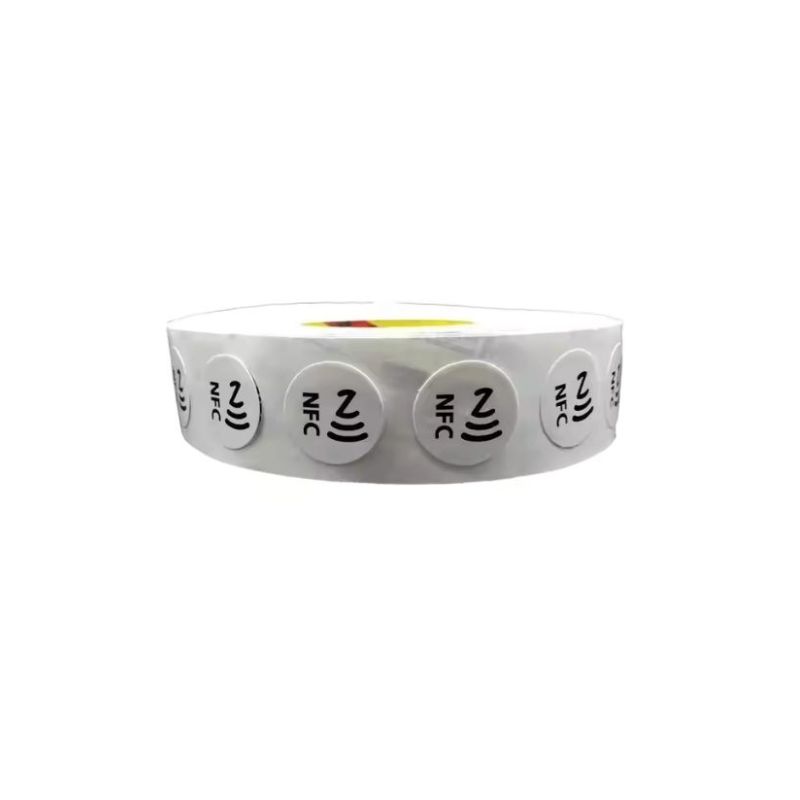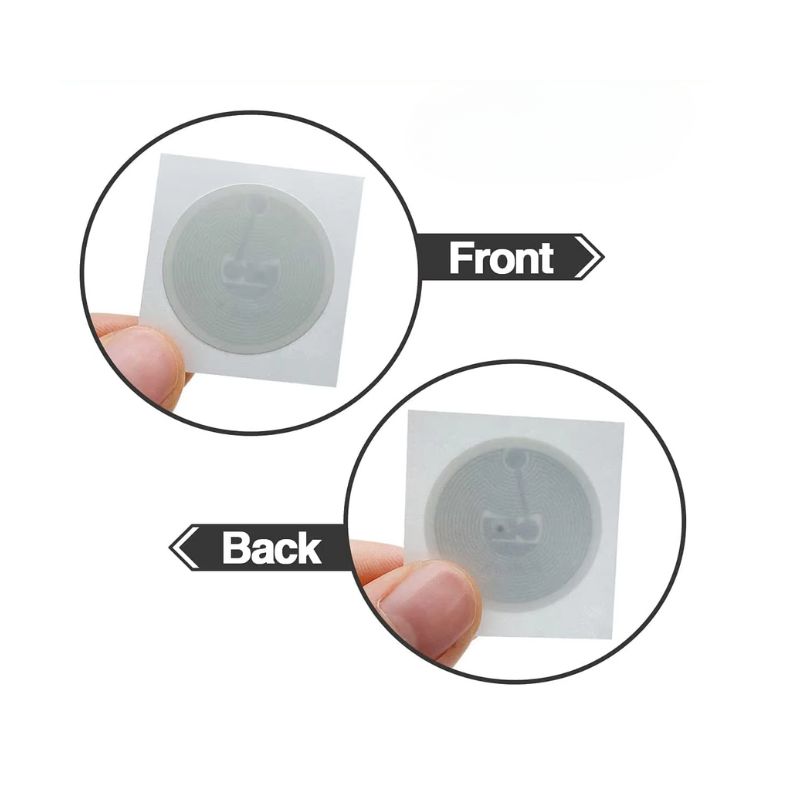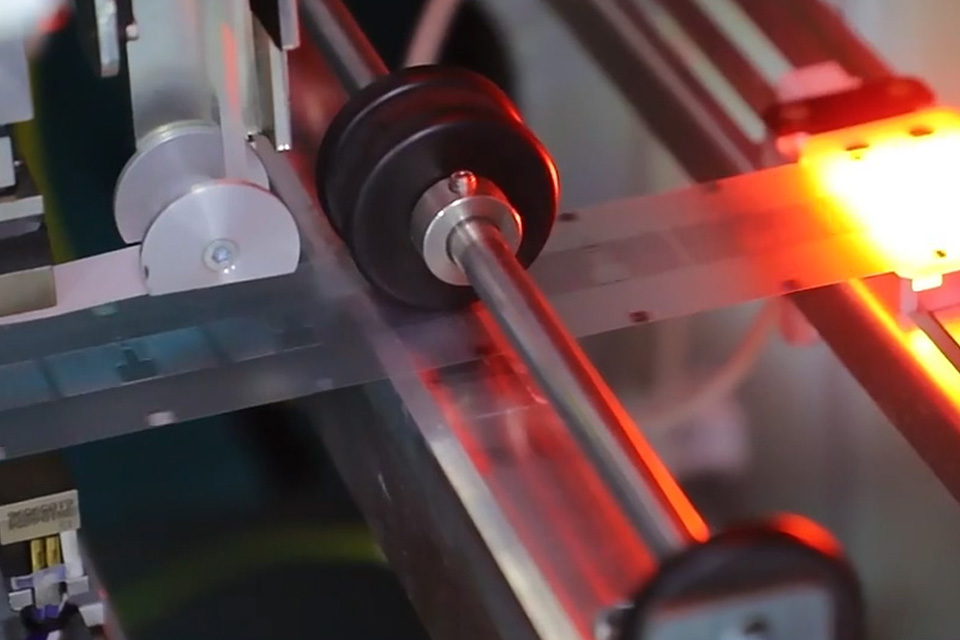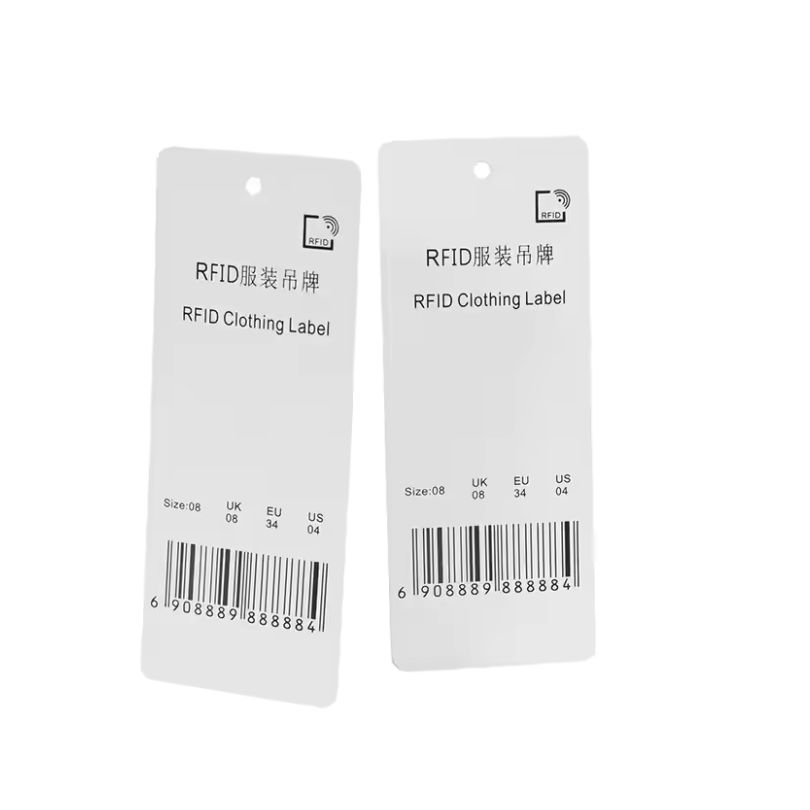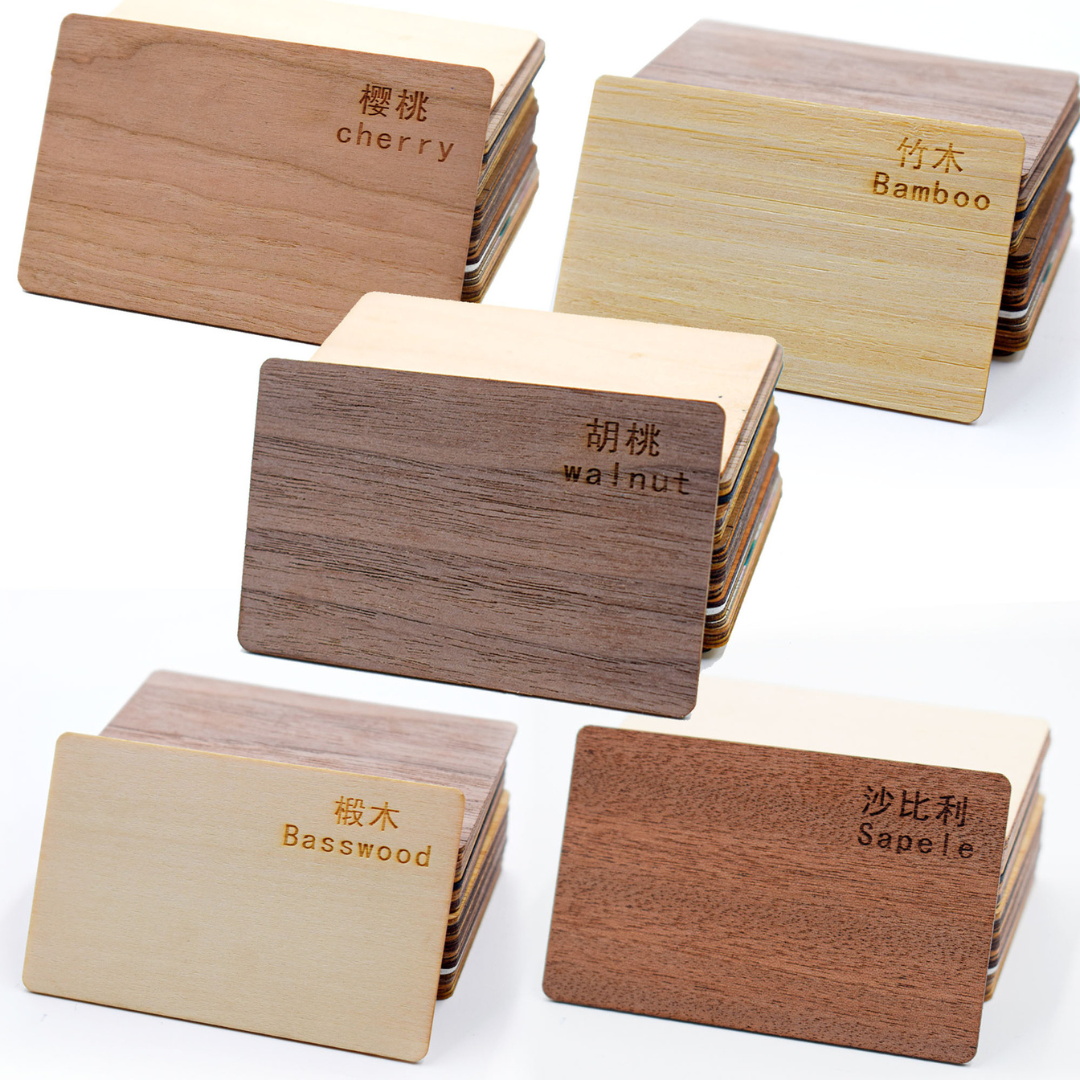
13.56 Mhz ISO14443A NFC RFID Tag stickers
13.56 MHz NFC RFID Stickers – ISO14443A Programmable Tags
Upgrade your product, access, or asset system with our 13.56 MHz NFC RFID Tag — ideal for inventory tracking, smart posters, event access, mobile triggers, and more. These ISO14443A-compliant tags are built with NTAG or MIFARE chips and come in custom shapes, sizes, and print options, ready to integrate into any NFC-enabled system.
What Are NFC RFID Tag Stickers?
NFC RFID Tag stickers are thin adhesive labels embedded with 13.56 MHz chips that allow for wireless communication with smartphones or NFC readers. When scanned, the sticker transmits encoded data such as URLs, IDs, access credentials, or product info — instantly and contactlessly.
These NFC RFID Tag Stickers are perfect for:
- Asset and inventory tracking
- Contactless business cards
- Tap-to-open smart signage
- Mobile marketing campaigns
- Authentication & anti-counterfeit
Explore How to Read RFID Tags with Your Mobile Phone, Click here to learn more.
Key Features & Technical Specifications
| Feature | Details |
| Frequency | 13.56 MHz (HF) |
| Protocol | ISO/IEC 14443A |
| Chip Options | NTAG213, NTAG215, NTAG216, MIFARE Classic 1K |
| Read Range | 2–5 cm (depends on device) |
| Material | PET / paper / PVC / synthetic overlay |
| Adhesive | Strong permanent / removable (custom) |
| Size Options | 25mm, 30mm, 38mm, 50mm, custom die-cuts |
| Data Retention | 10+ years / 100,000+ write cycles |
| Surface | Glossy, matte, writable, or custom printed |
| Operating Temp | -25°C to +70°C |
Common Applications of NFC RFID Tag Stickers
- Asset & Inventory Tagging
Apply to tools, IT assets, documents, or rental gear for fast scanning with NFC-enabled devices. - Marketing & Branding
Add smart tags to brochures, posters, and packaging. Users can tap to access websites, coupons, AR content, or product videos. - Events & Smart Credentials
Use on name badges or guest cards for tap-and-go access, attendee tracking, and real-time data collection. - Access Control & ID
Stick on keycards, phones, or employee badges for secure door access and attendance logs.
Why Choose Our NFC RFID Tag Stickers?
- High Compatibility – Works with Android phones, iPhones (with NFC), and standard 13.56 MHz readers
- Fast Delivery & Bulk Support – Global shipping with low MOQ and fast lead times
- Custom Printing & Encoding – Print your logo, serial numbers, QR codes, or barcodes
- Flexible Materials – Choose from paper, PET, or waterproof options
- Trusted by Global Brands – Used in smart packaging, education, and contactless payment environments
Customization & OEM Branding
We support full customization based on your needs:
- Custom die-cut shape or size
- Color logo printing and branding
- UID encoding or custom data writing
- Anti-metal versions for on-metal use
- Transparent, paper, or PET face options
- Rolls or sheets for automatic dispensers
Case Study: Smart Product Labeling for NFC Campaign
A premium beverage brand embedded our NFC RFID Tag Stickers into 10,000+ bottle neck labels to launch a loyalty campaign. Consumers tapped with their phones to join a rewards program.
- Engagement increased by 62%
- Redemption accuracy improved
- Brand interaction metrics doubled
Request a Free Sample or Quote
Looking for NFC RFID Tag Stickers for your brand, event, or product?
Let us help you customize the ideal NFC solution with the chip, size, and format that fits your system.
📩 Request a Free Sample or Custom Quote
📱 Or reach out via WhatsApp: +86 138 2318 6864
Bulk pricing | OEM customization | Global delivery
Frequently Asked Question
The top questions about radio frequency identification, RFID tags, and RFID readers, and RFID cards.
Yes. All NTAG series chips (NTAG213/215/216) work with Android phones and newer iPhones that support NFC.
Absolutely. We support custom artwork, barcodes, QR codes, or serials printed in full color or black and white.
The PET versions are water-resistant and long-lasting, though they’re not intended for re-use once applied.
Yes. We offer free samples and support low MOQs for prototyping, as well as full-scale manufacturing for deployment.
Hot To Customize RFID Tags
Know the customization process about RFID tags
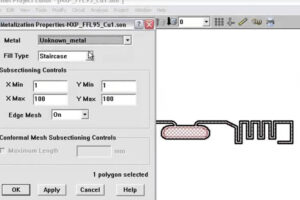
Size & Shape
Send your requirements on size and shapes. Tags are typically designed in simple shapes and sizes to match the internal antenna. However, they can also be customized in various sizes and shapes to best fit the intended application and the asset being tagged. For instance, RFID hang tags can be customized in size, shape, and attachment method to perfectly suit specific applications.
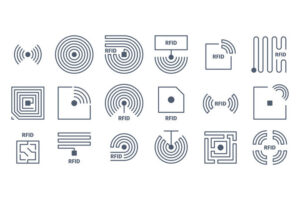
Layout & Chips
In the label format designer, select the layout that matches the type and size of the RFID label you wish to create. Our factory provides a variety of label templates, including RFID-specific options. We also offer a range of RFID chips tailored to meet your specific requirements.
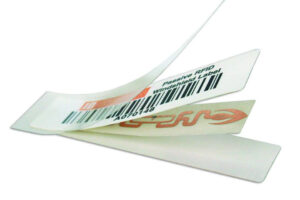
High Customization
Custom tags are designed from the ground up to meet the needs of specific applications, with unique variables for nearly every option listed below. A semi-custom tag typically starts as a standard tag but offers additional customization options, such as custom printing, encoding, or specific backings and attachment methods.
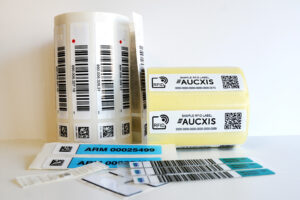
Sample Confirmation
Before proceeding with full-scale production, we offer a sample confirmation process to ensure that the RFID tags meet your exact specifications and application requirements.
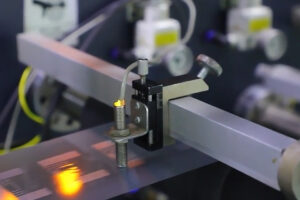
Mass Production
Our mass production process for RFID tags is designed to deliver high-quality, reliable products at scale, ensuring that your business has a steady and consistent supply of RFID solutions tailored to your needs. Leveraging state-of-the-art manufacturing facilities and advanced technology, we maintain efficiency and precision throughout the production cycle.
RFID Tags Application
Use customized RFID tags in different industies.
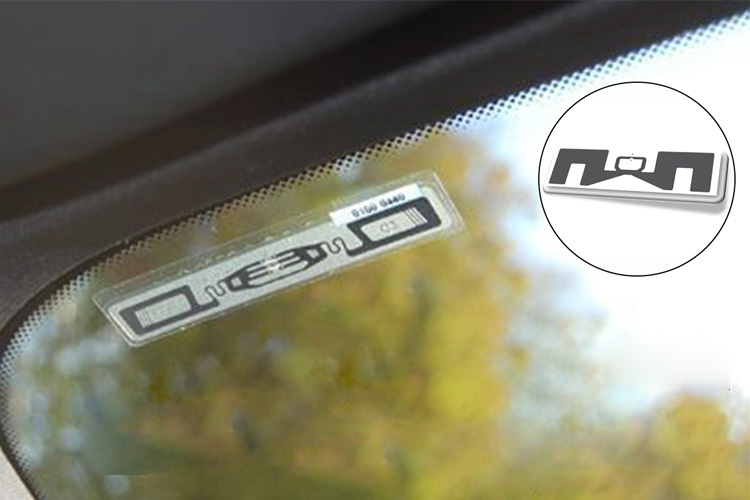
RFID Vehicle Tags
Vehicles with RFID tags enable secure access to gated areas. RFID tags also streamline truck weighing for efficient billing.
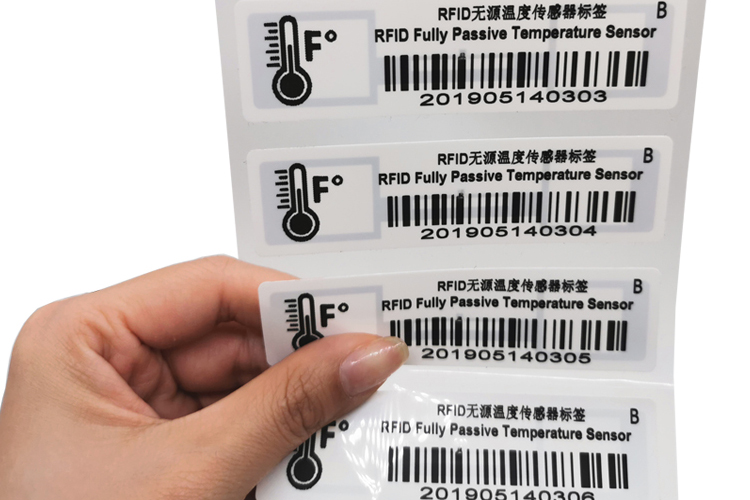
Temperature Sensor Tags
RFID temperature sensors, used in industries like steel, send data to alert users of unsafe conditions via RFID readers.
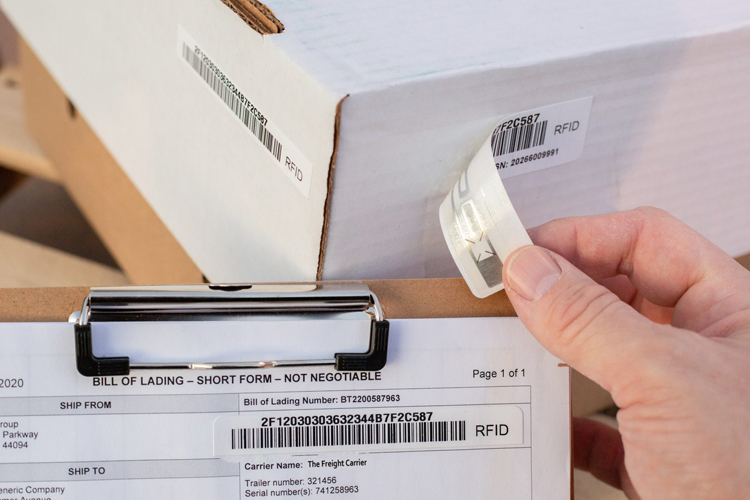
RFID Supply Chain Tags
RFID tags for supply chain visibility track products, showing when a box, pallet, or container moves from one facility to another.

RFID Personnel Tracking
RFID strengthens access security: employee badges for workspace entry, hotel wristbands for pool access.
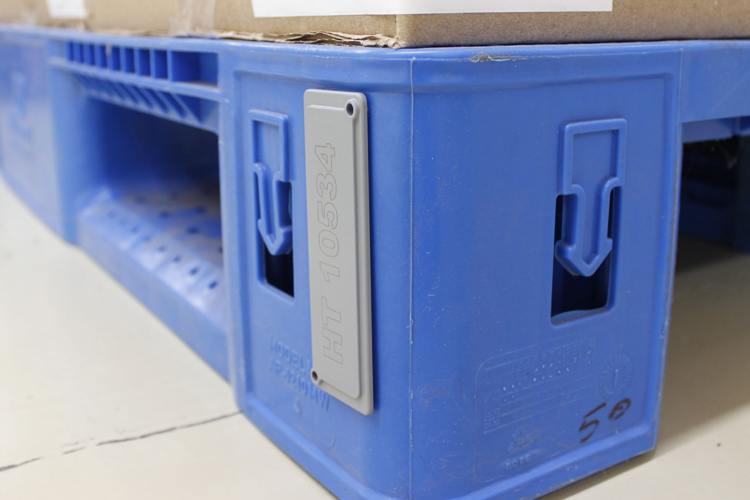
RFID Pallet Tracking Tags
Our RFID tags are ideal for tracking pallets and containers, offering durable, low-profile solutions for warehouse management.
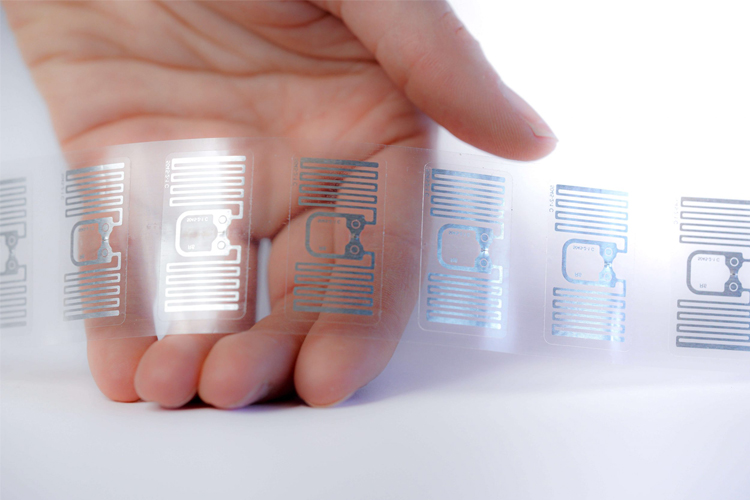
Custom RFID Tags & Labels
Our factory supplies custom RFID tags and OEM hardware solutions for unique needs when standard RFID products aren't available.
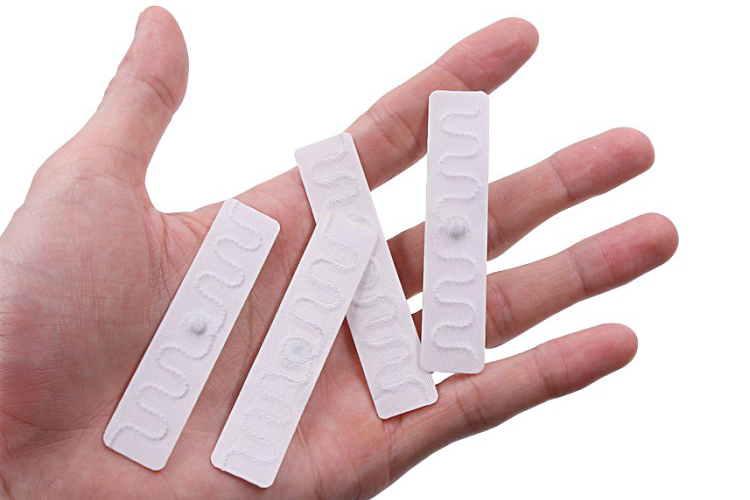
RFID Laundry Tags
Our RFID laundry tags, with a soft rubber casing, are flexible and durable, surviving 200 wash cycles and 60 bars of pressure.
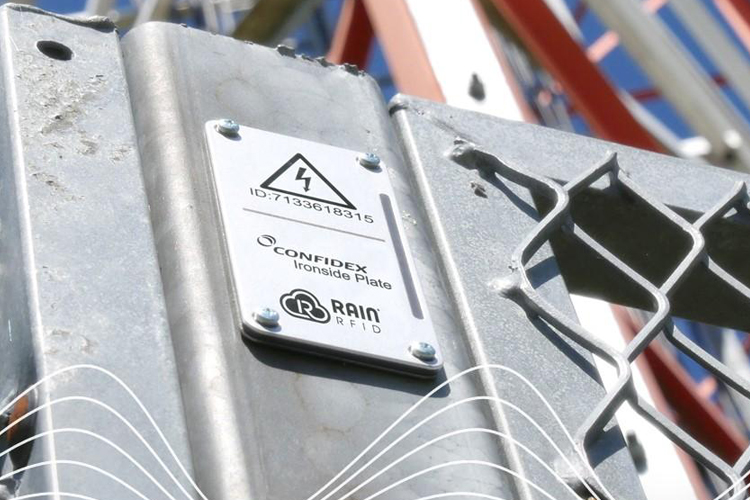
Industrial RFID Tags
We provide rugged industrial RFID tags and readers for demanding applications. Our tags withstand all weather conditions.
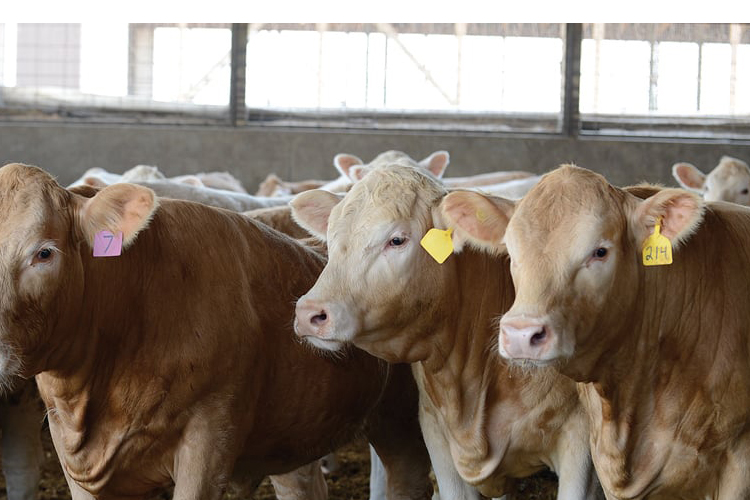
Animal RFID Tags
RFID tags track animals and pets using ear tags or injectable ampoules. Ear tags can be custom-printed and come in various colors.
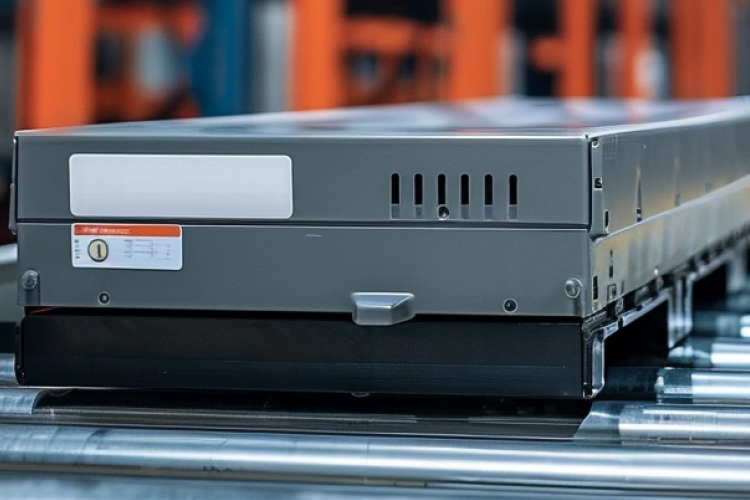
RFID Asset Tracking
RFID tags for asset tracking, like file servers, rental equipment, streamline inventory, asset management, enabling quick location, tracking.

Consumables RFID Tags
RFID counterfeit tags on consumables, with a reader in the machine, verify authenticity and prevent counterfeit use.
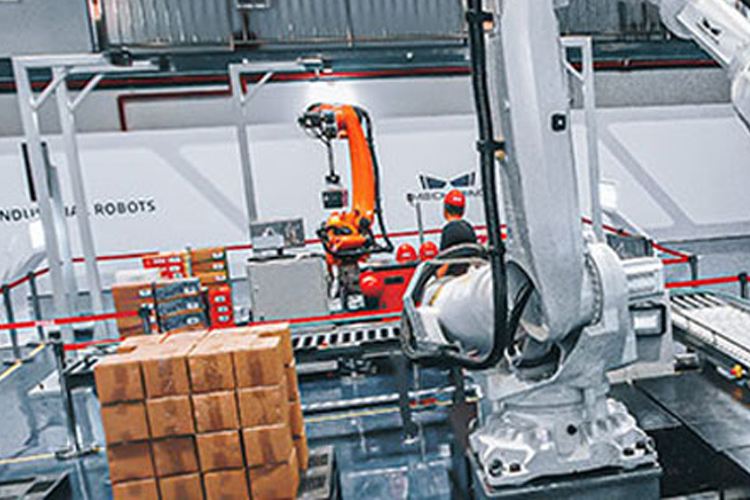
Manufacturing RFID Systems
RFID tags are used on almost all products—apparel, furniture, appliances, and cars—and are crucial for automated manufacturing systems.
Why Choose Us
As an original manufacturer with over 13 years of experience, we specialize in designing and manufacturing passive RFID (NFC, HF, and UHF) tags for applications in inventory, laundry, access control, identification, and industrial automation management.
We are a pioneering leader in RFID technology and smart product solutions. For nearly 20 years, we have been at the forefront of custom RFID and NFC technology, offering innovative solutions in every imaginable form. Our expertise lies in developing and producing RFID/NFC products that are tailored to meet your specific requirements.
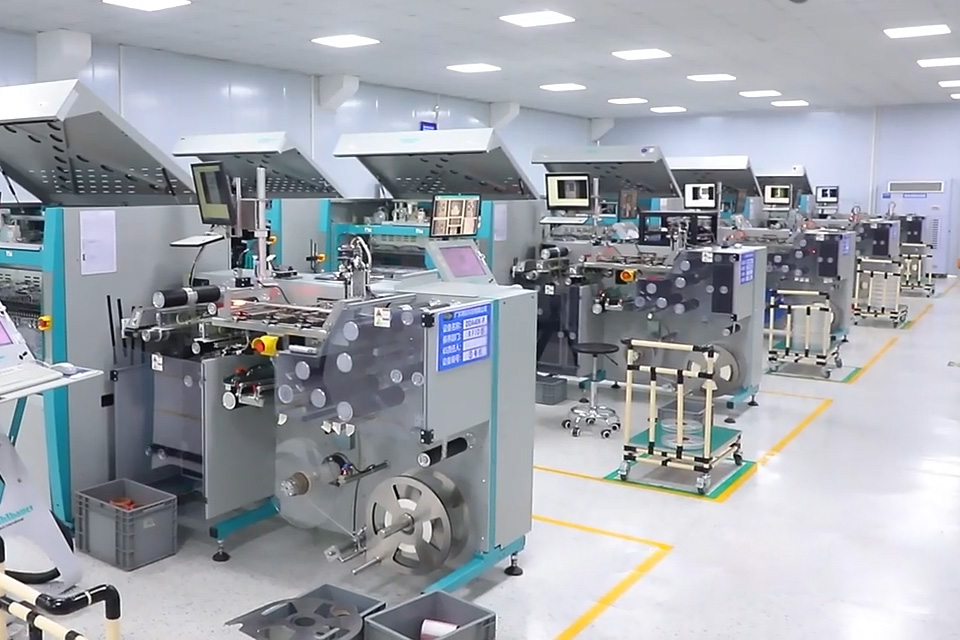
As the world’s leading RFID supplier, our factory is passionate about RFID technology. We deliver a wide range of products, including NFC tags, NFC cards, RFID/NFC labels, RFID inlays, various apparel tags, laundry tags, and RFID devices, to clients around the globe. Our RFID products are widely used in marketing campaigns, healthcare monitoring, workforce management, stock control, access control, apparel systems, laundry systems, inventory systems, IoT systems, and security applications.
Our Benefits
We provide products with competitive pricing and reliable quality, backed by an after-sales warranty. Whether you are a distributor, system integrator, or end-user, you will find the right RFID and related products here, ensuring that your company gains tangible benefits.
We have grown into a company with over 200 team members, including a production department, R&D center, sales department, technical support, and after-sales service. Understanding that time is of the essence, we can fulfill customized orders within just 5 days. Our dedicated team of over 100 factory staff ensures a stable supply and fast delivery for all our orders.
Related Products
Customize any types RFID tags from our factory to meet your own requirements.

